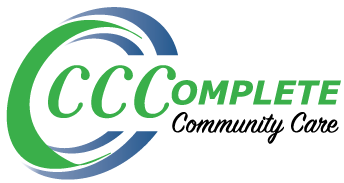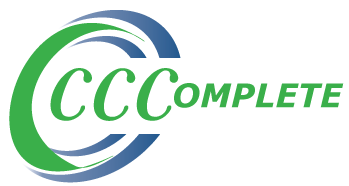Home Health Agency
Complete Community Care services Bay, Midland, and Saginaw counties. Our medical professionals provide in-home skilled care that is ordered by your physician. Throughout your care, our team regularly communicates with your physician about your progress and any suggested changes in the plan of care. Each patient has an individualized plan of care, and the frequency of treatment with each discipline will vary.
Thank you for your interest in our services, and we look forward to caring for you and your loved ones!
Nursing
Nurses create the plan of care and make referrals to other disciplines as needed, and as approved by the physician.

Assessment and Evaluation
Nursing is usually the first discipline to make a visit to a patient’s house and perform a thorough assessment. The assessment includes your medical history, a physical exam, your previous and current levels of functioning, establishing your goals to achieve with home health, etc.

IV Therapy/Venipuncture
Nurses are able to provide physician-ordered infusions via IV, as well as perform blood draws to take to a lab for processing.

Wound Care
Wounds come in many different shapes, sizes, and types. Our skilled nurses perform the wound care as ordered, and provide progress updates to the physician to guide any necessary changes to the treatment plan. Nurses educate the patients and their family members to make them comfortable with assessing the wound and managing the dressings.
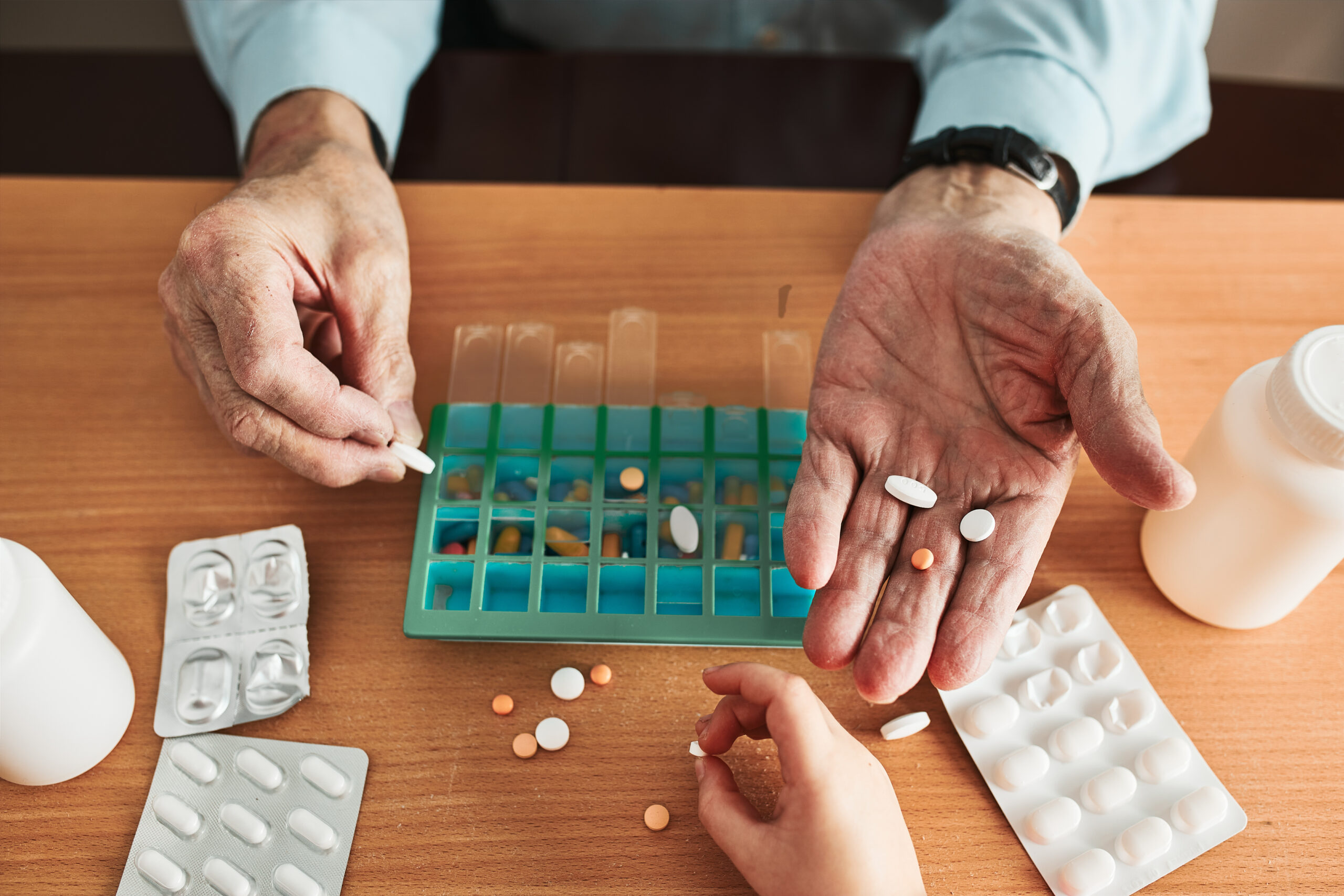
Medication Management & Teaching
The nurses will review all of your medications with you and assure that you know why you take them, when to take them, and assess how you manage them. They will provide education about the medications and answer any questions you may have.
Physical Therapy
Physical therapy (PT) focuses on improving balance, strength and overall coordination for improved mobility. A personalized exercise plan can be assigned to help increase range of motion and strength of your back and legs for improved walking. PT’s offer knowledge and assistance on the use of canes, walkers, wheelchairs, etc. to ensure more stability and prevent falls. Pain and symptom management is another area that PTs can assist you with.

Evaluation and Treatment Process
During the evaluation, the therapist will discuss your current abilities with moving around in the bed, your ability to walk and/or propel a wheelchair, and transferring from one surface to another. The PT will assess your current back and leg movements, strength, and balance. Following the assessments, individualized goals will be created to improve difficult/weaker areas that you both agree on. Treatment frequency will vary depending on your needs.
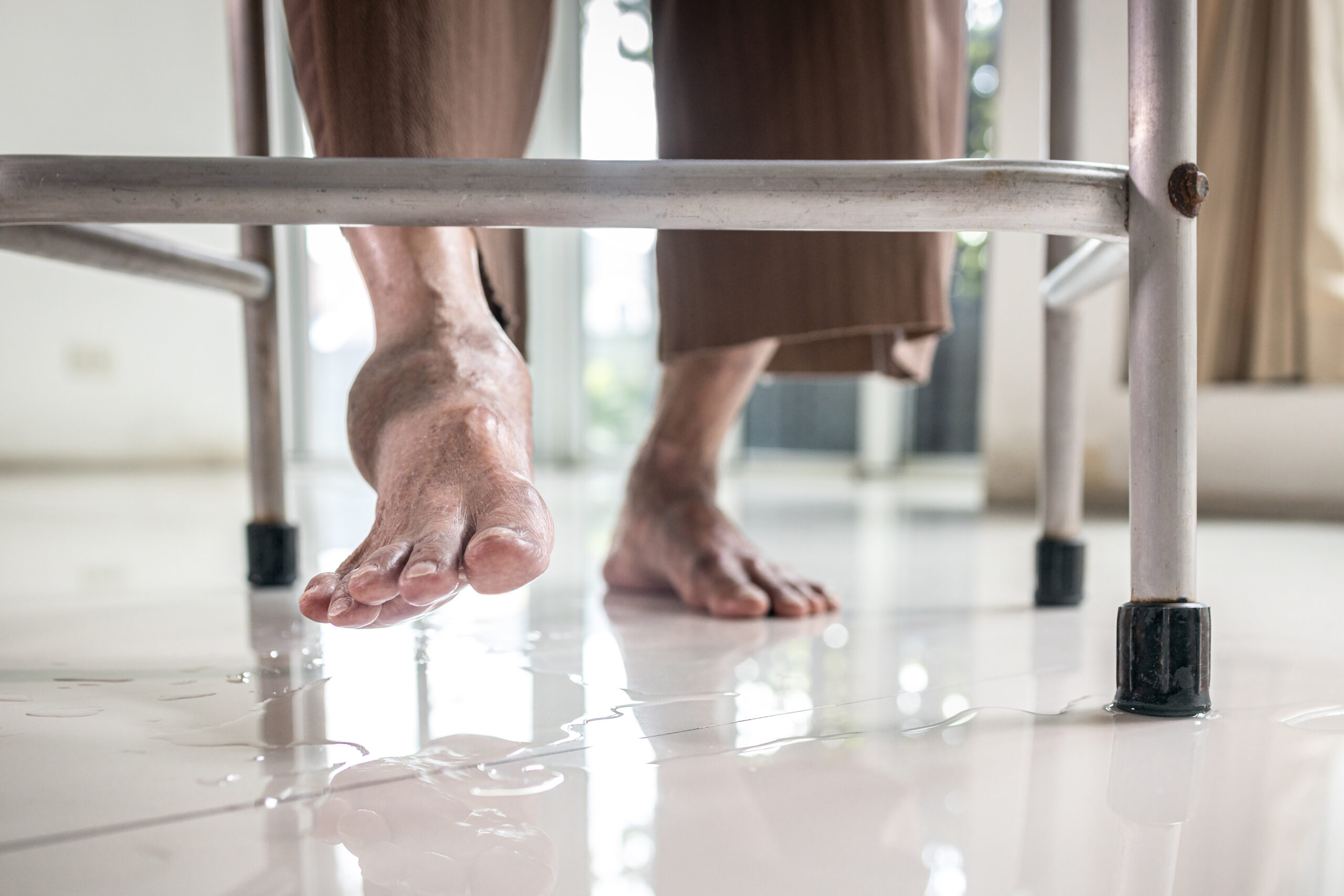
Fall Prevention
Our therapists identify common fall risks that you may display to help prevent falls in the future. Improving balance and strengthening your legs are two common approaches, but there are many other tips our therapists have that may be specific to you! Falls can be avoidable if proper safety techniques are being used with the appropriate equipment, if needed.
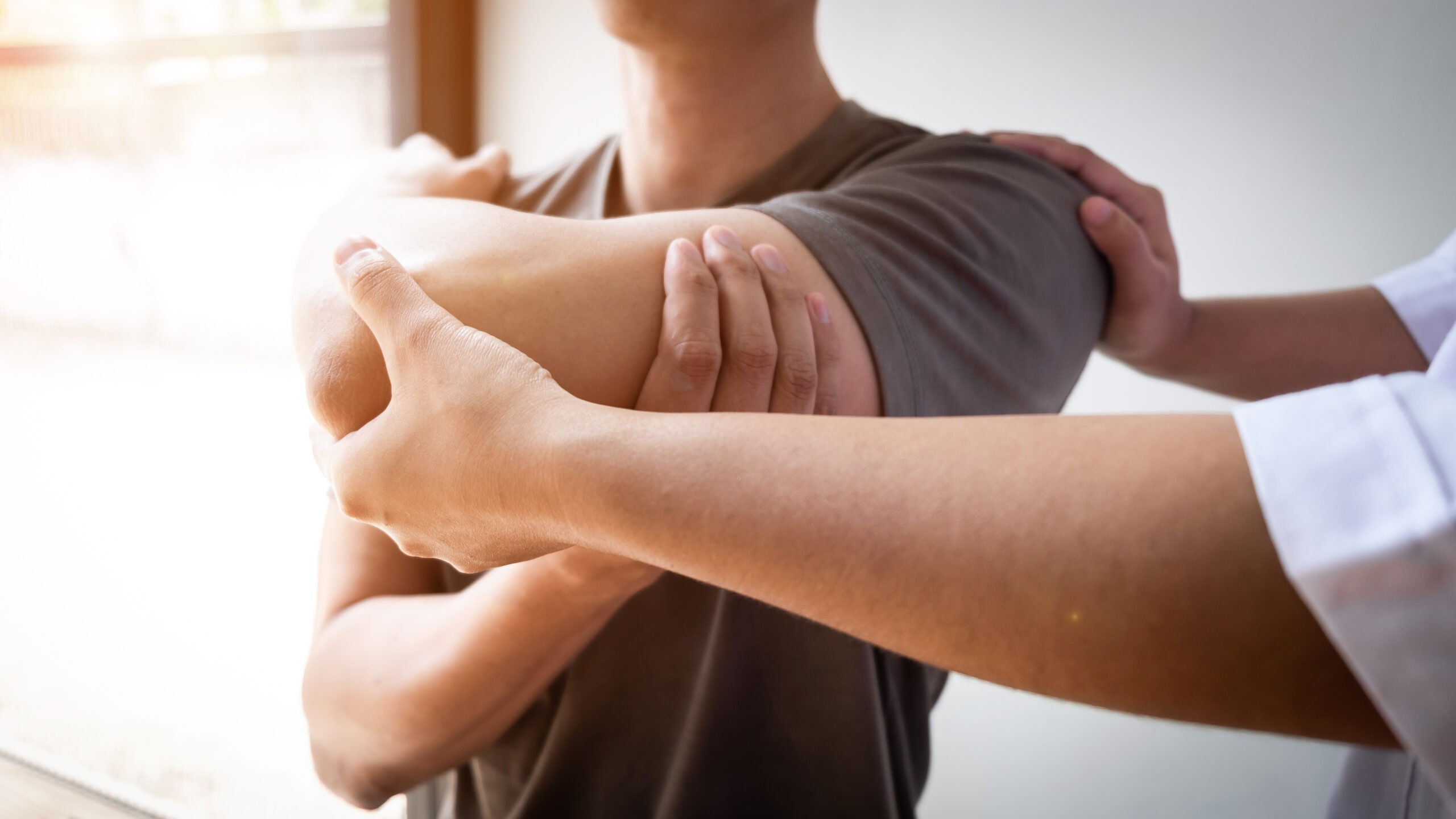
Advocating
PT’s have a main focus of increasing strength, balance, and coordination. Some of the common diagnoses therapists treat include arthritis, knee/back pain, joint replacements, stroke, generalized weakness, and impaired balance.
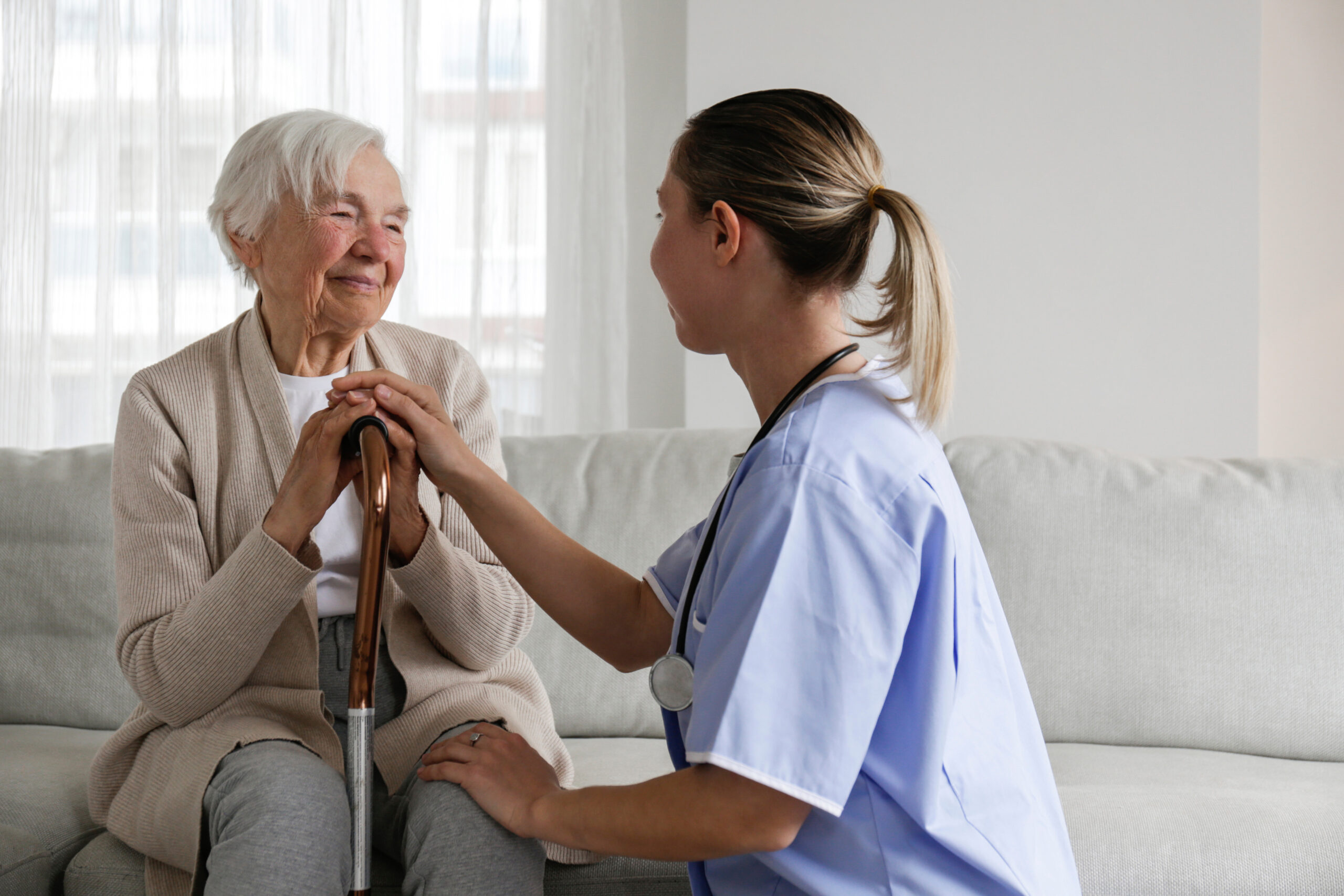
Assistive Devices
Therapists may recommend assistive devices to promote independence. Many commonly used devices have various styles and can be adjusted to the needs of the individual. Examples of common assistive devices include canes, walkers, and wheelchairs.
Occupational Therapy
Occupational therapy (OT) focuses on improving areas of your daily life that you have difficulty with. Some of the activities of daily living that OT can help with include grooming, dressing, toileting, and bathing tasks. OT’s also provide services for increased independence with everyday tasks such as shopping, using the telephone, cooking, and home maintenance.
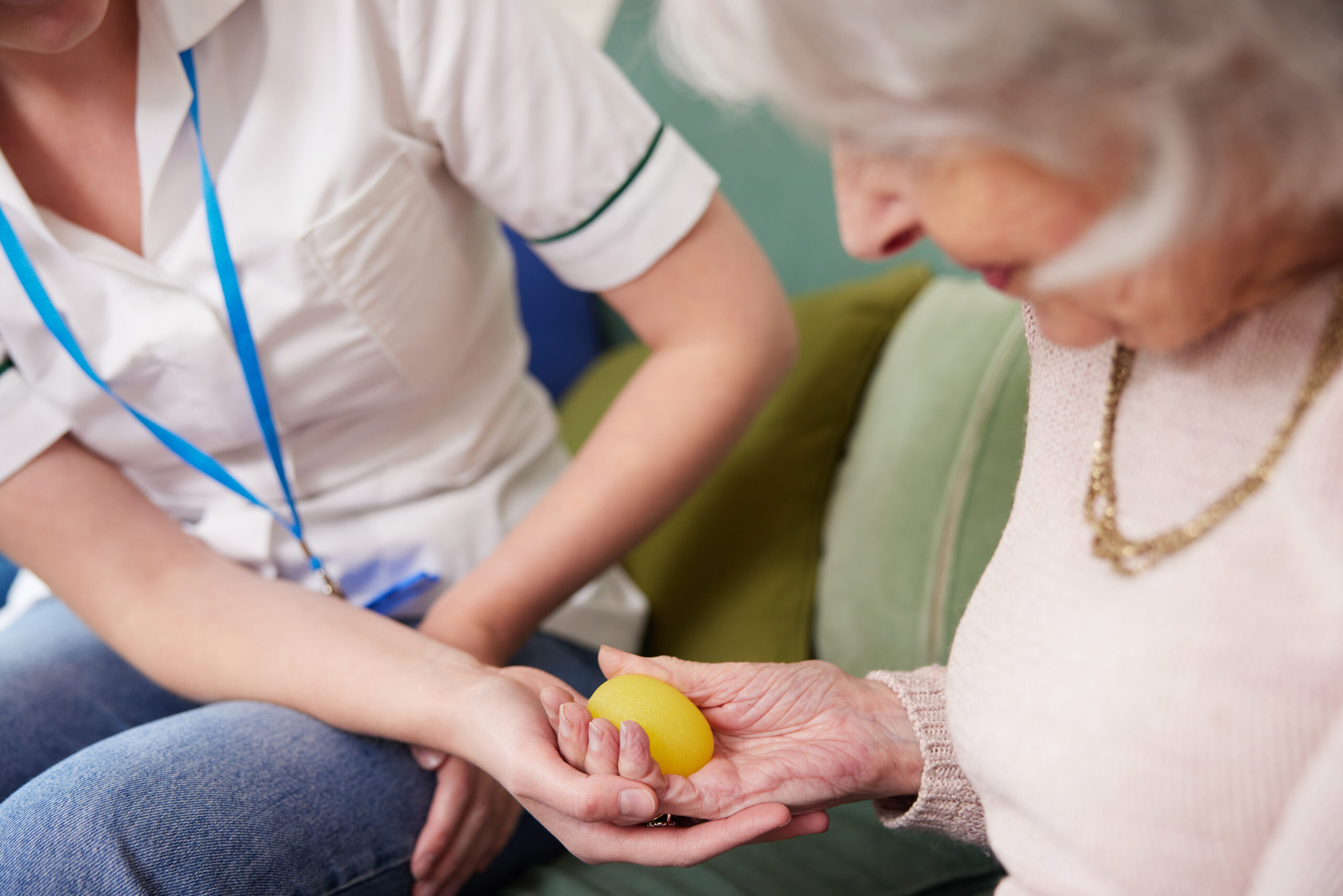
Evaluation and Treatment Process
During the evaluation, we will discuss your current abilities with self-care and household tasks. The OT will assess your current arm movement, arm strength, grip strength and coordination. Following the assessments, the therapist will create goals to improve difficult/weaker areas that you both agree on. Treatment frequency will vary depending on your needs.
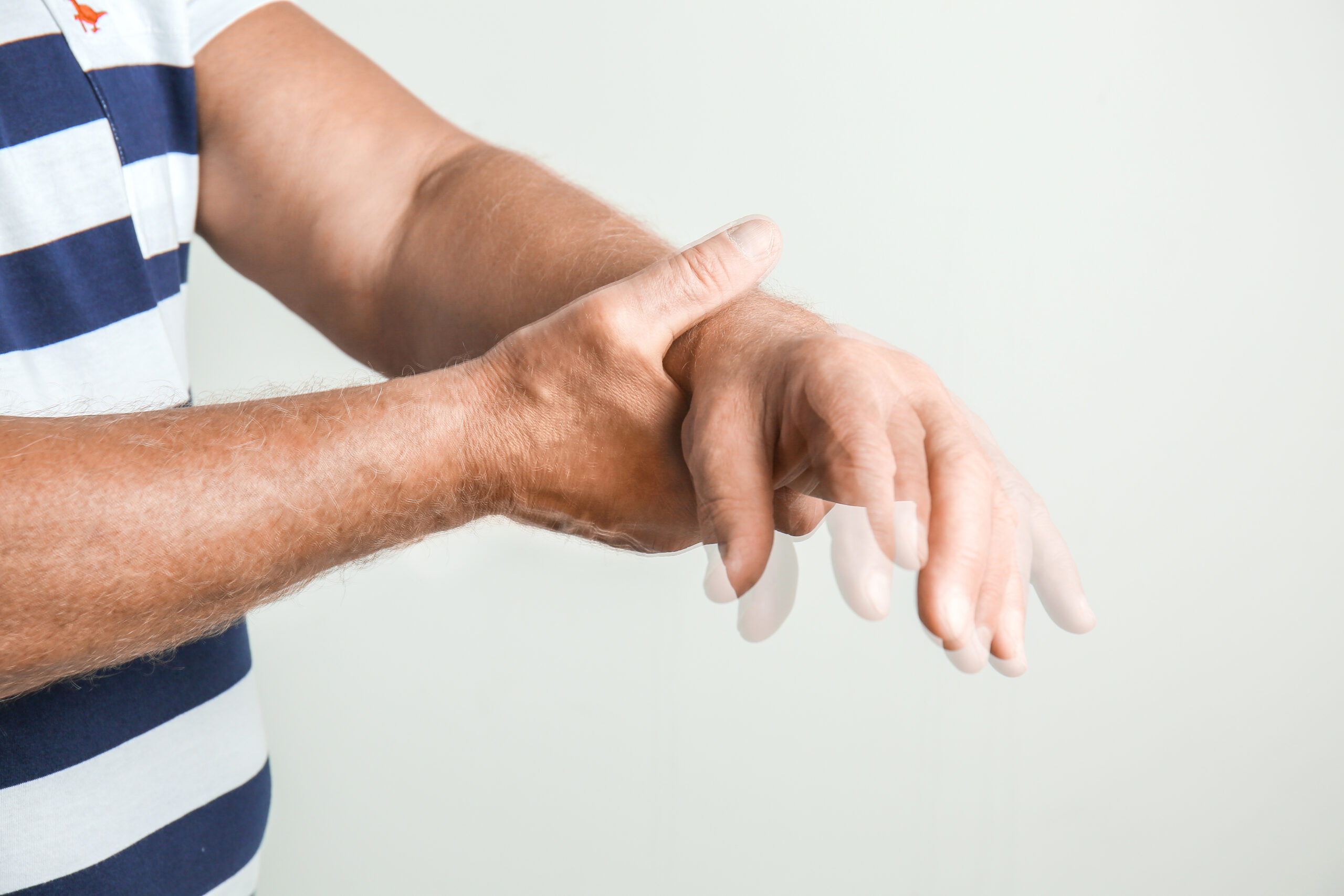
LSVT BIG Parkinson’s Treatment
LSVT BIG is a research-based protocol that has shown significant improvement in those with Parkinson’s and other neuro-related diagnoses. This treatment increases movement and balance for any type of activity including walking and self-care activities. The program focuses on recalibrating the brain to use BIG movements to increase function, balance, and overall independence while simultaneously decreasing fall risk.

Advocating
OT’s focus on increasing independence in meaningful activities. Common diagnoses serviced are arthritis, Parkinson’s disease, Multiple Sclerosis, stroke, generalized weakness, and impaired balance.
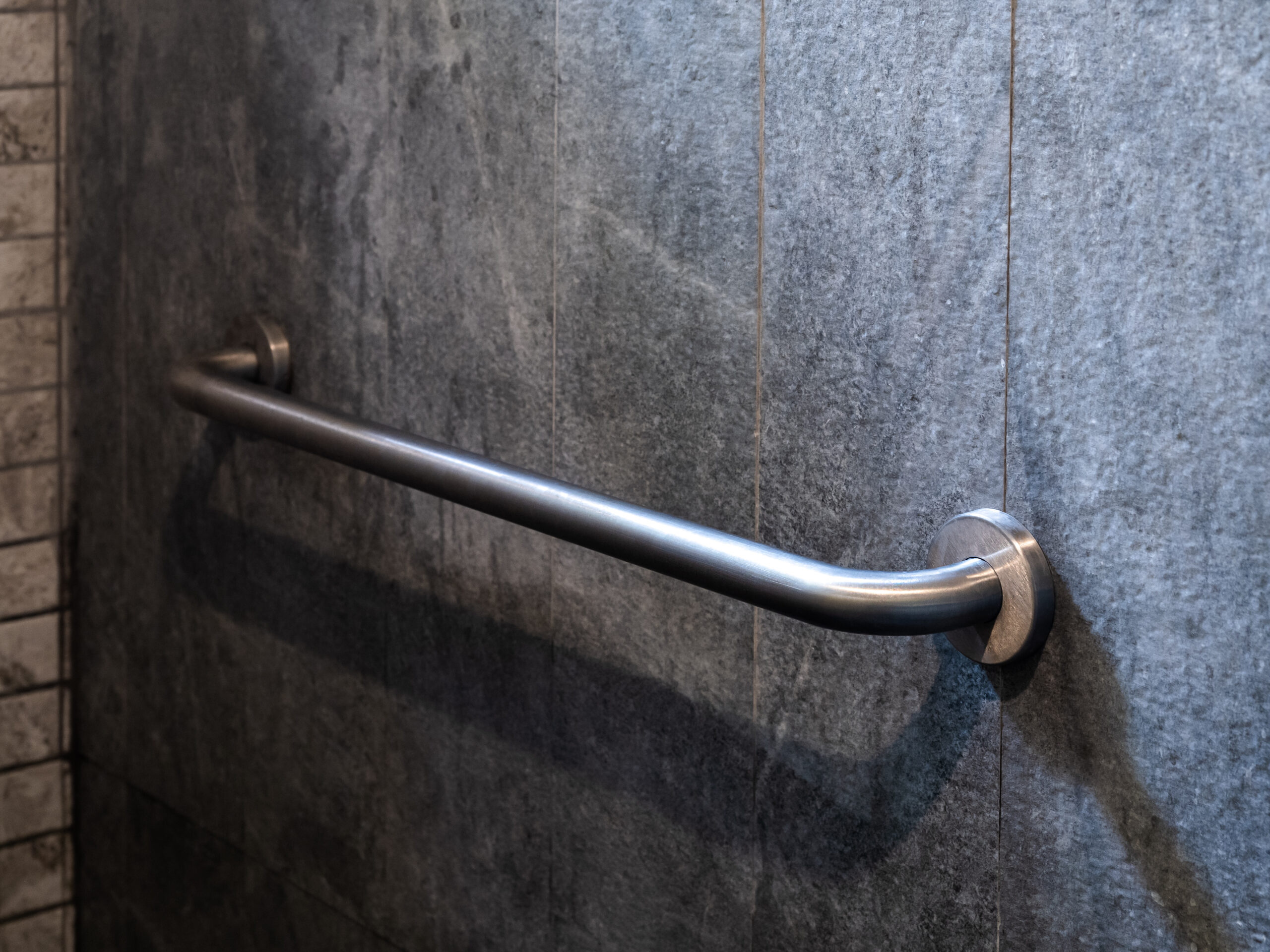
Adaptive Equipment
Therapists may recommend various types of adaptive equipment to promote independence with completing tasks that you have difficulty with. Some examples of equipment may include grab bars, dressing stick, adaptive utensils, and non-slip mats.
Social Work
Social Workers (SW) focus on patients’ emotional, social, and financial concerns or problems that may impede on the success of your plan of care.

Assessing
During each visit, the SW will assesses social and emotional factors in order to help the patient and family cope with problems in daily living, and help them follow medical recommendations to maximize the patient’s health condition.
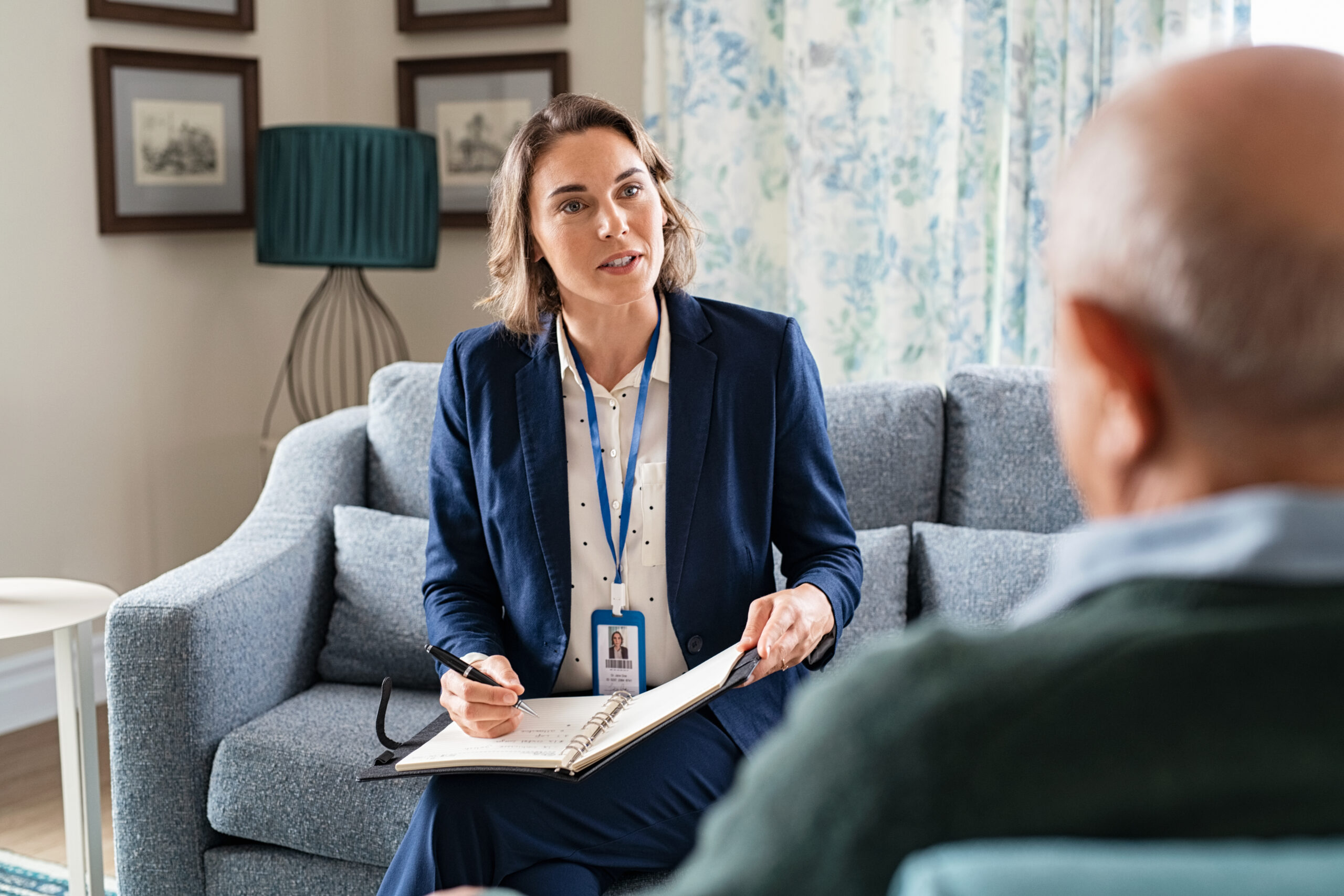
Counseling
SWs counsel patients and families concerning the facilitation of the medical plan of treatment.

Advocating
Advocating includes providing patients and their families with community and family resources. SWs may also assist them in long-term plans for life in the community, or how to learn to live within the patient’s disability.

Discharge Planning
The SWs collaborate with the case manager, physician, patient, and family to deal with personal, financial, and environmental difficulties that may interfere with the health and wellness continuum. SWs also participate in discharge planning.
Home Health Aides
Home Health Aides (HHA) are trained individuals that offer supportive in-home services in accordance with the plan of care. Services may include the following.

Bathing
- Bed, sponge, tub or shower bathing
- Shampooing in bed, sink, tub or shower
- Caring for nails and skin
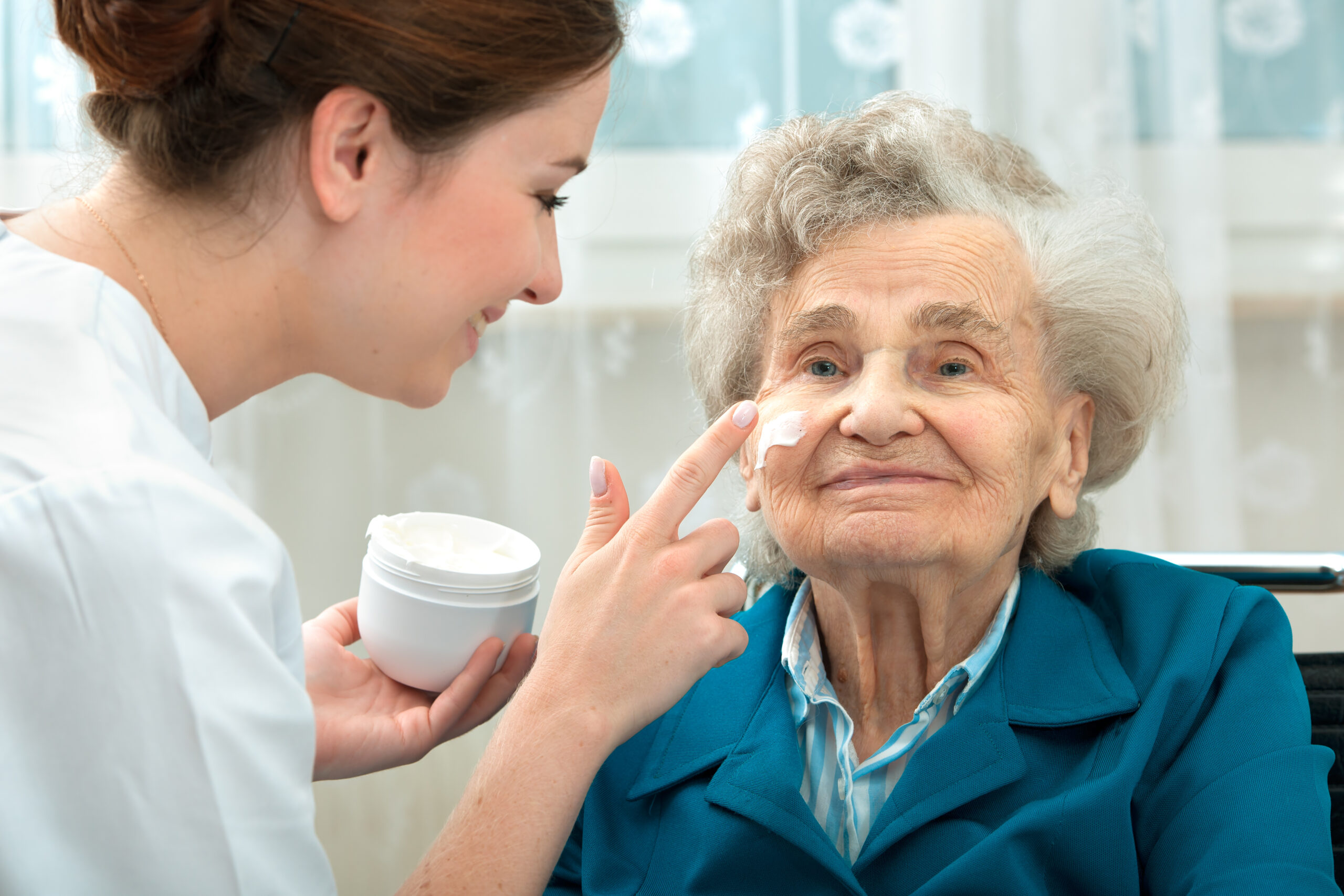
Personal Care
- Oral hygiene
- Assisting with toileting and elimination

Vital Signs
- Blood pressure
- Pulse
- Respirations
- Temperature
- Oxygen saturation

Medication Reminders
While HHAs cannot physically manage medications, they may provide verbal reminders about taking scheduled mediations.
